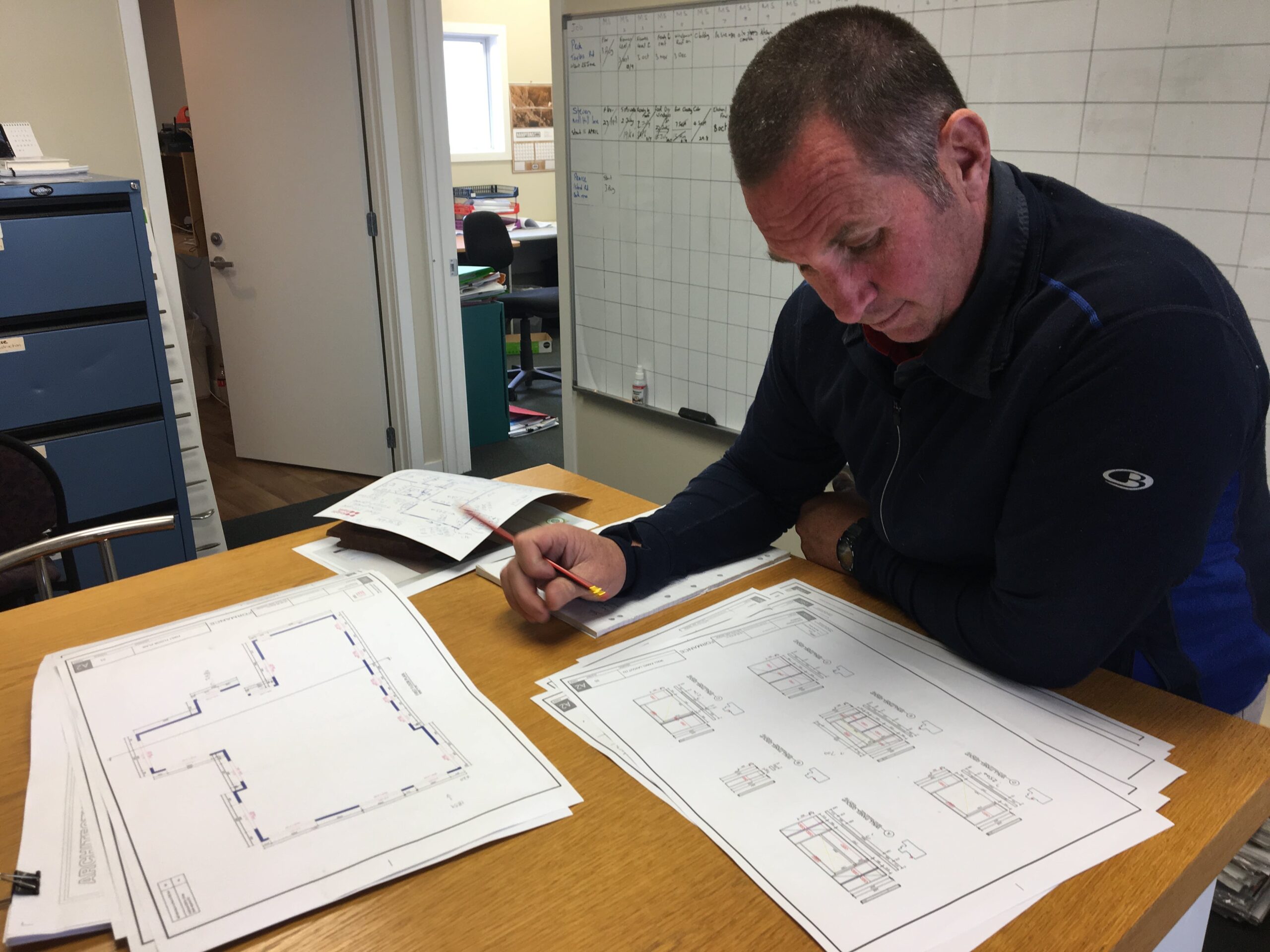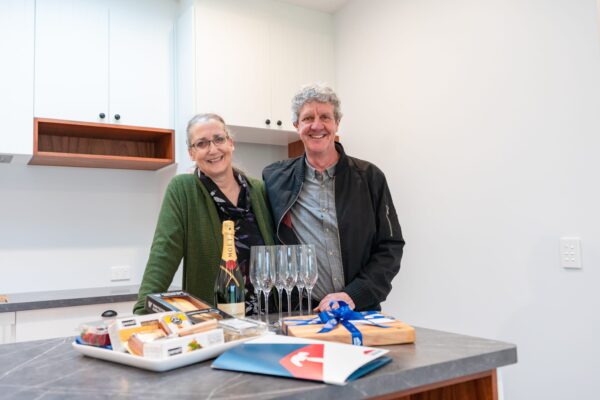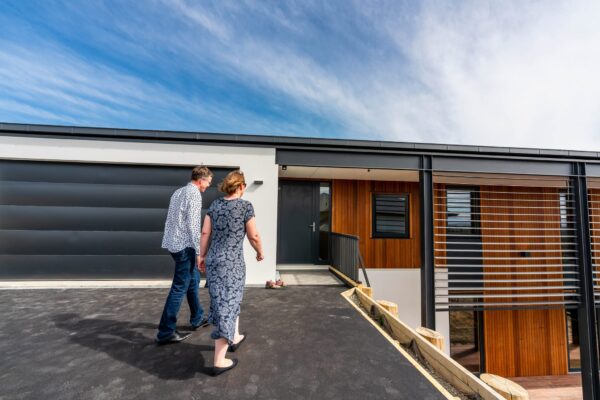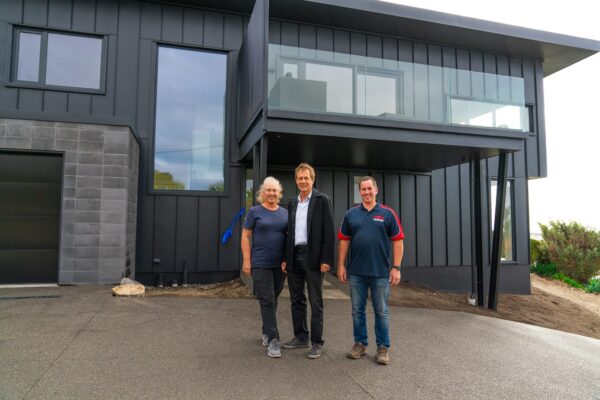There are a wide range of designers and architects happy to design you a home. As in every industry there will be those that are less scrupulous, or who misunderstand, or puts their own spin on a client’s needs or budget. Money can be wasted in the design stage, and dreams disappear when the quote to build is presented. However, there are some things you can do to prevent this happening to you and your family.
1. Identify Your Design & Build Team Before You Start The Design
The best outcome is achieved with the owner, designer and builder working together from the start. From this first meeting, the design/build team must understand your needs, priorities and budget.
This collaboration and focus to achieve your goals can be carried through the entire project by the same team who have been invested in its success from the start.
2. Consider a Builder Recommendation
It is becoming more common for the builder to recommend a designer and manage the design process. They are invested in a design being built as they want to build the home. They also need to have a good relationship with the designer and one that can be relied upon should it be needed during the build.
A building team at this stage offers other critical steps such as advising on potential costs or construction complexities, estimating the concept plans to give you confidence to proceed to the next stage, and then undertaking detailed client selections on house inclusions to provide an accurate final price.
The key here is that there is an extra layer of understanding. Plus, clarification is available throughout, practical building expertise is on tap, and an important relationship is nurtured.

3. Communication with all the design build team
Some design changes may seem quite subtle, but they may involve significant additional costs, often because of structural requirements or the need for significant additional labour and material needs. A builder has this knowledge.
They can be upfront about these costs avoiding back and forth design changes to stay within budget. They can also offer more affordable alternatives which may provide a very similar result.
It is often emotionally and financially harder to pull back on things once they are in a design, so collaboration early is key.
4. Understanding the Design Contract
The scope of your design contract should be clear to ensure all parties know what has been included.
For example, Our ‘Pre-liminary Contract for Design Services’ sets out two stages to designing and pricing a home. The first stage provides concept designs plus a preliminary independent estimate to help assess cost to build and make any changes prior to moving to the second stage. This (second) stage provides the more extensive and costly full working drawings and engineering, and subsequently a full ‘fixed price’ investment proposal for us to build the home.
If you don’t get your concepts estimated, what is the guarantee that the design is within cooey of your budget? Avoid moving on to working drawings without this knowledge – this is where dreams and money can disappear down the drain!
If you are keen to discuss a possible design build project, we will be able to provide a much better idea of the design costs once we know more about you and your priorities, needs and budget.
Please call us to arrange an initial free consultation.
Download our brochure for more on what we can offer.





